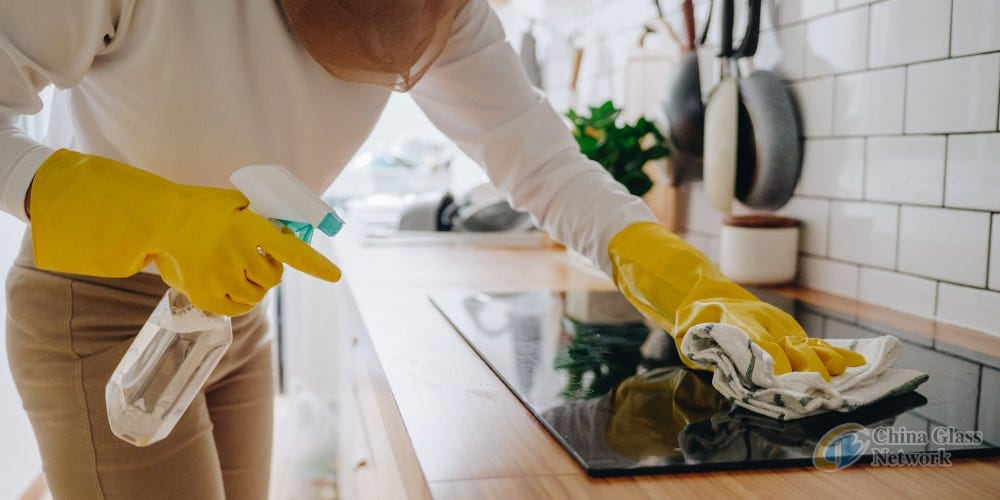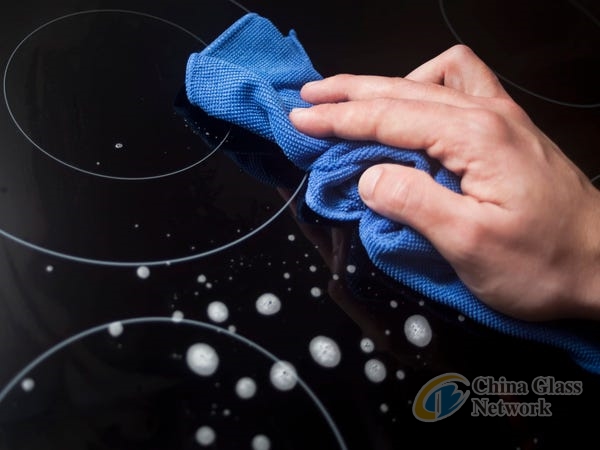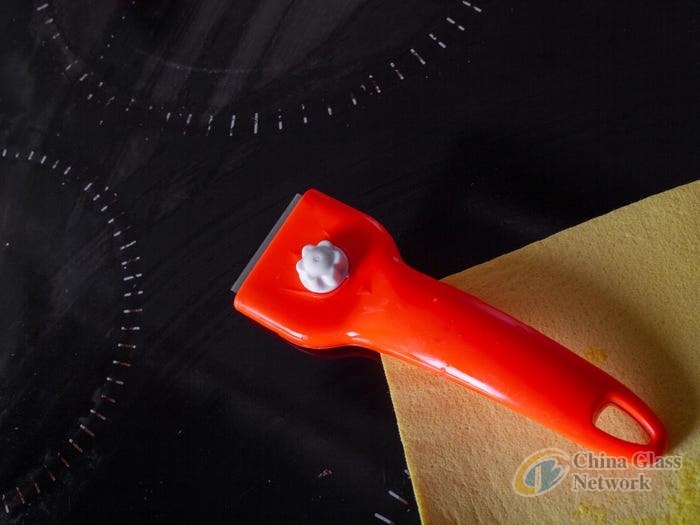Post Time:Jan 20,2022Classify:Industry NewsView:1403
How to gently clean a glass stovetop to avoid scratching or damaging it

staticnak1983/Getty Images
Baking soda and white vinegar help clear away residue and leave your stovetop looking good as new.
Instead of a scrubber or paper towel, use a microfiber towel to clean a flat stovetop.
Avoid using harsh store bought chemical cleaners on a glass stovetop.
Visit Insider's Home & Kitchen Reference library for more stories.
A sleek glass stovetop blends in effortlessly with most kitchen styles. This type of cooktop, which is actually a mix of glass and ceramic, heats slower than others but often features special burners, like quick boil ones. And, unlike a gas or electric stovetop with coils, the flat design of a glass stovetop is easier to clean, says Leanne Stapf, chief operating officer of The Cleaning Authority.
The surface is also vulnerable to nicks and scratches. That's why it's essential to take care when cleaning this type of stovetop, adds Stapf. Commercially available cleaners are often too harsh to use on glass stovetops and can negatively impact the surface's appearance over time.

What you'll need
Hand using a microfiber towel on a glass cooktop
Be sure to choose a microfiber towel for streak and lint-free results. percds/Getty Images
Hot water
Dish soap
White vinegar
Baking soda
Microfiber towel (big enough to cover your stovetop)
How to clean a glass stovetop
Natural cleaning ingredients are safe and easy to use on glass stovetops. "Commercial cleaners can be too harsh for a flat-top," says Stapf.
Wait for your stove to cool down. Before cleaning, make sure the surface is no longer hot to the touch.
Fill a bowl with warm water. Add a few drops of gentle dish soap to the water and set the bowl aside.
Fill a spray bottle with white vinegar. Grab white vinegar from your pantry and add some to a spray bottle.
Wipe the stovetop down. Remove any bits of loose leftover food using a dry microfiber towel.
Sprinkle baking soda on the surface. Make sure to spread it across the entire stovetop.
Spray vinegar onto the stovetop. When the vinegar mixes with the baking soda, you'll notice fizzing. This reaction helps loosen food particles.
Moisten the dry microfiber towel. Dampen the microfiber towel with the soapy, warm water from the bowl you set aside earlier.
Put the warm damp towel over the stovetop. Leave it there for at least 15 minutes.
Wipe down the surface. When the wait is over, wipe away the residue with the microfiber cloth. You can moisten it again if needed.
Removing stuck-on bits and stains

Use a retractable scraper to remove stuck-on bits.
Removing stuck-on bits and stains
The method described above should clean a glass stovetop quite thoroughly, but stubborn food bits can be tough to remove.
To remove stuck-on food particles that don't clear away with the vinegar and baking soda method, use a retractable scraper knife.
Carefully scrape at the left-behind residue. Make sure to hold the knife at an angle since scraping head-on can leave behind unsightly scratches. Avoid putting too much pressure on the stovetop to prevent it from cracking. Wipe away residue as you go using a damp microfiber cloth.
Long-term care
Proper glass stovetop care and maintenance go a long way in preserving your appliance and keeping it around for years to come.
Avoid abrasive scrubbers. When wiping down your stovetop, you'll want to avoid abrasive materials, including scrubber pads, textured sponges, and even paper towels, says Stapf. Scratchy materials can leave behind scratches that make a cooktop look dull instead of shiny.
Clean spills right away. "If you leave the spill, it can harden and even burn with multiple uses of the stovetop," says Stapf. Quickly wipe away food that lands on the burners as you're cooking. After the stovetop has cooled down, go through the basic cleaning process outlined above to avoid a permanent stain. Ideally, you should clean your stovetop once a day at the end of the day, Stapf recommends.
Be careful when using heavy cookware. Glass stovetops are convenient and relatively easy to clean, but they're also delicate and susceptible to cracking. Take care when setting down and moving around pots and pans, especially heavy ones made of cast iron.
Insider's takeaway
A glass stovetop is easy to clean, but you'll need the right tools to maintain it. Together, baking soda and vinegar are an effective option for cleaning this type of surface. Harsh cleaners and abrasive scrubbers can leave behind scratches that dull a flat stovetop's surface, so avoid using store-bought chemical cleaners to wipe it down.
Source: https://www.insider.com/Author: shangyi
PrevIraqi glass container plant plan unveiled
Spring Festival Holidays Arrangement of China Glass NetworkNext